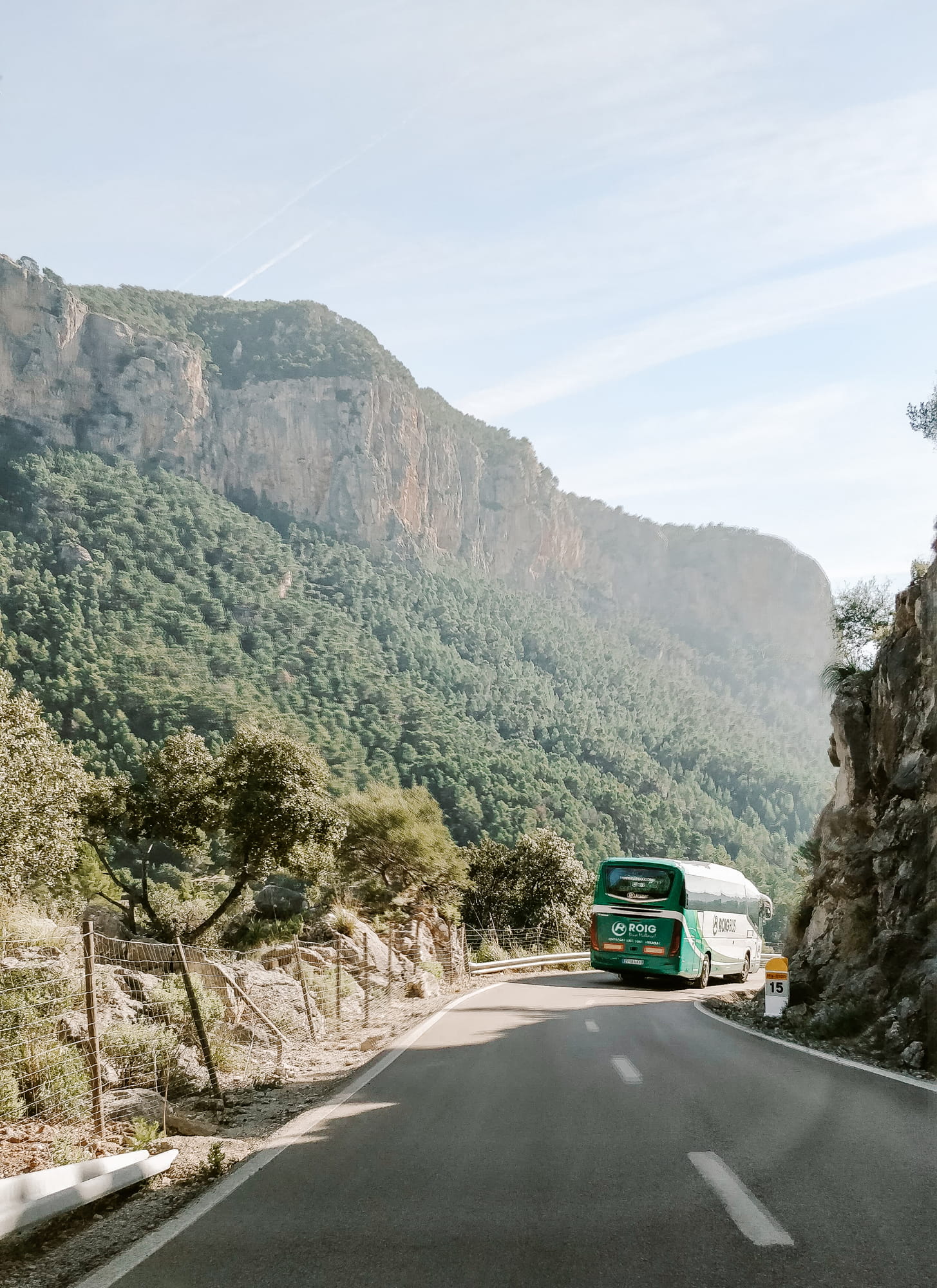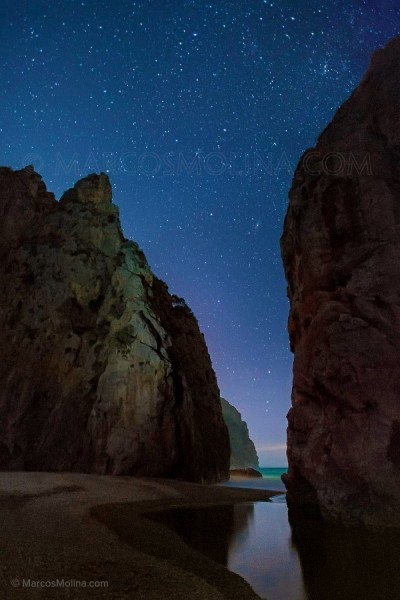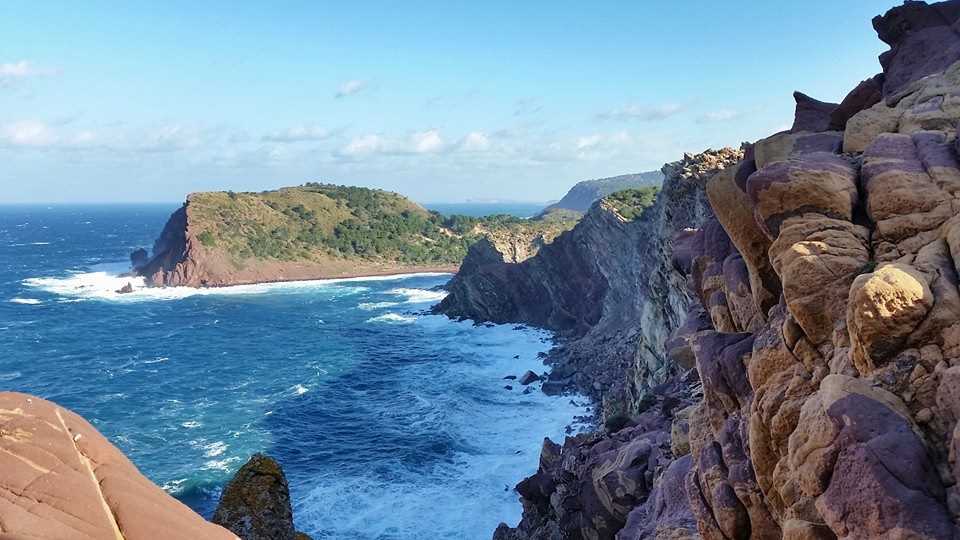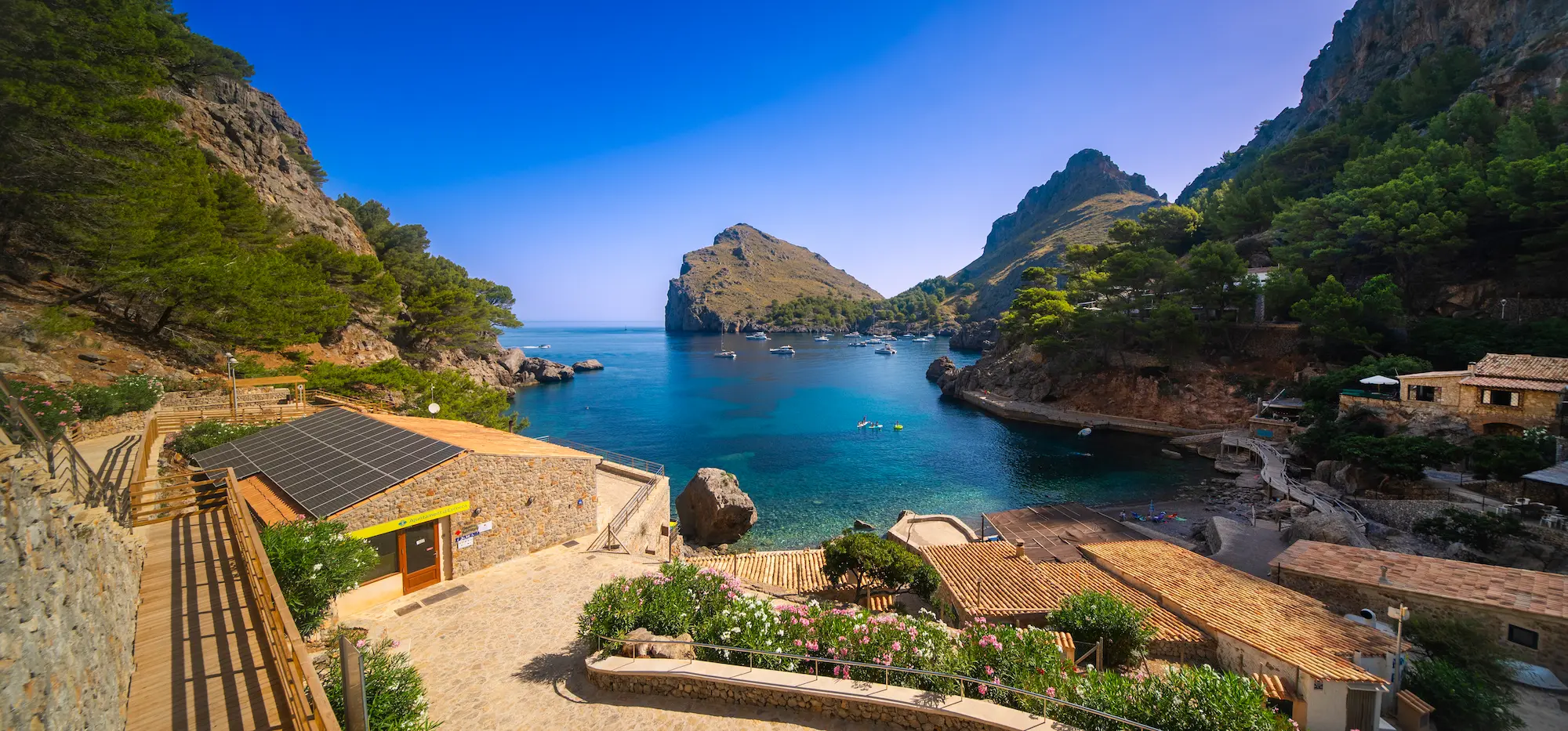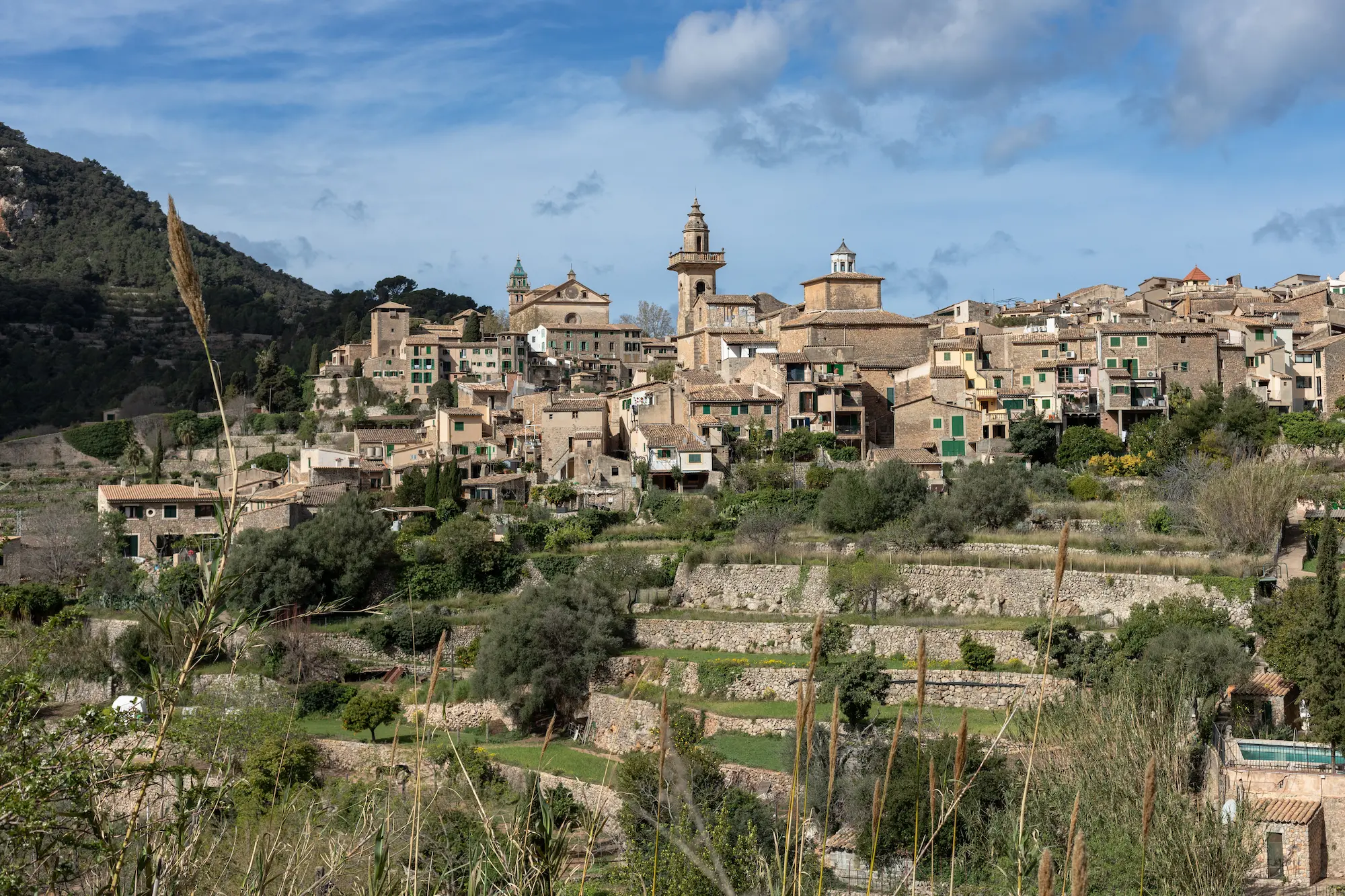When you visit Mallorca, make sure to explore the Banys Àrabs in Palma (“Arab baths” in Catalan). These ancient public baths, nestled in the heart of Palma’s old town, are a fascinating reminder of the island’s Islamic heritage. Built during the Muslim rule in the Middle Ages, they stand as a testament to the rich culture that thrived in Mallorca between the 10th and 13th centuries.
At ROIG, we’re passionate about helping you discover the history and cultural treasures of our island. That’s why we offer a car rental service in Mallorca, giving you the freedom to explore at your own pace and visit iconic sites like the Arab baths. Dive into their history with us in this article!
Origins and construction: The history of the Banys Àrabs in Palma
The Banys Àrabs were constructed in the 10th century during the reign of Abd al-Rahman III, a time when Mallorca was emerging as a vibrant cultural and commercial hub. These baths not only provided a space for hygiene and relaxation but also served as a key social gathering place for the people of Mallorca.
Following the Christian conquest in the 13th century, the Banys Àrabs fell into disuse and suffered partial destruction. However, thanks to archaeological excavations and restoration efforts, their legacy has been preserved.
Today, these baths offer a unique window into Mallorca’s Islamic past and have become a significant tourist attraction.


Architecture and design: Characteristic elements of the medieval baths
Inspired by the Roman bath design, the Banys Àrabs are composed of interconnected spaces, including changing rooms, hot, warm, and cold bathing areas, as well as a resting room. Each of these spaces was thoughtfully designed to optimise the hypocaust heating system, which warmed the floors by circulating hot air.
Medieval baths were constructed with a series of inter-connected rooms, each serving a distinct purpose. These included:
- Vestibule: An entry area where bathers prepared for their bath.
- Hot Room (Calidarium): A high-temperature space for hot water bathing.
- Warm Room (Tepidarium): A room with a moderate temperature, easing the transition between hot and cold.
- Cold Room (Frigidarium): A space with cold water for a refreshing bath and post-bath relaxation.
The architectural details of the Banys Àrabs are truly remarkable. The barrel vaults, columns, and semicircular arches demonstrate exceptional craftsmanship. The combination of stone walls, bricks, and decorative plaster creates a pleasant and inviting atmosphere.
Visiting the Arab baths is one of the most intriguing and enriching experiences in Mallorca, particularly for those with an interest in history and culture.
Use and function: How the Banys Àrabs were used in the Middle Ages
In the Middle Ages, Mallorca’s Banys Àrabs were more than just places for bathing; they played significant social, cultural, and medical roles. During their peak, the Banys Àrabs served the following functions:
- Personal Hygiene: The primary purpose of the Banys Àrabs was to provide a space for personal cleanliness. Regular bathing was an essential part of daily life, with good hygiene being highly valued.
- Purification Rituals: Beyond everyday cleanliness, the Banys Àrabs were also used for deeper purification rituals. In Islamic tradition, ritual cleanliness is crucial, and these baths offered a suitable environment for such practices.
- Social Function: The baths acted as social hubs where people gathered. The rest areas and communal spaces provided opportunities for friends and family to meet and converse.
Medical Treatments: In medieval times, baths were also important for medical purposes, offering treatments for various ailments. The use of hot water and steam was believed to help relieve muscle and joint pain, as well as improve circulation.
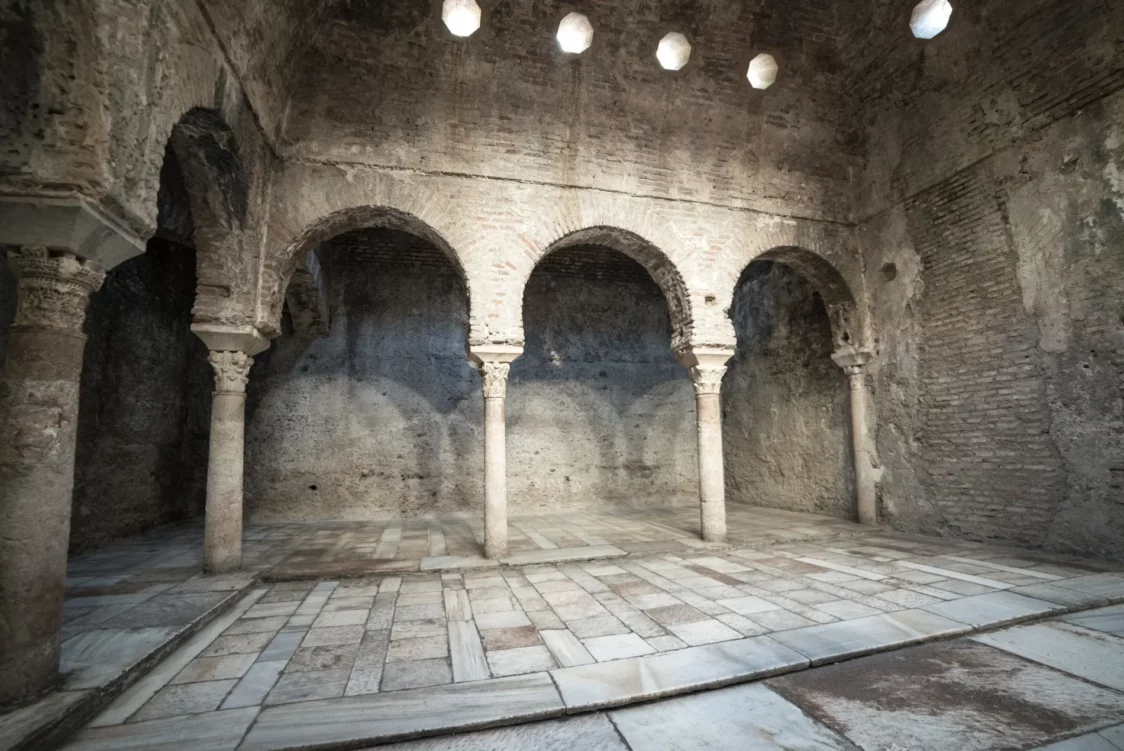

Discovery and preservation: Efforts to protect this historical treasure
For centuries, the Banys Àrabs lay hidden and forgotten beneath the modern city of Palma. It wasn’t until the 20th century that this historical treasure was rediscovered during a series of excavations and urban renovations in the old town.
In 1903, archaeologist Francisco M. de Borbón identified and documented the structure of these ancient baths, sparking a process of recognition and preservation. This rediscovery ignited renewed interest in Mallorca’s medieval history and underscored the importance of protecting and conserving the site.
To ensure its preservation, an information centre was established to educate visitors about the baths’ history and architecture. This museum features informational panels and offers guided tours to provide a rich educational experience.
Today, the Banys Àrabs are regarded as one of the best-preserved Arab baths in Spain. Explore this and many other fascinating sites at your own pace by choosing our car rental service in Mallorca.
Guided tour: What to see and expect during a visit to the Banys Àrabs
A guided tour of the Banys Àrabs offers a deep dive into their cultural and social significance. These tours typically start with a brief introduction to the history of the baths and their importance in medieval Palma.
Your guide will provide an overview of the historical context, covering the construction period in the 10th century, the role of the baths in daily Islamic life, and their rediscovery in the 20th century.
As you explore the different rooms, including the Caldarium, Tepidarium, and Frigidarium, your guide will point out key architectural features such as the elegant barrel vaults and semicircular arches. You’ll also learn about the hypocaust system, which was used to heat the floors and rooms.
So, when you visit Mallorca, be sure to include a visit to these Arab baths in Palma on your itinerary. At ROIG, we’re here to make your trip as comfortable as possible, offering taxi services and chauffeur-driven cars in Mallorca. If you prefer to explore at your own pace, take advantage of our car rental offers and discover the island on your terms!






